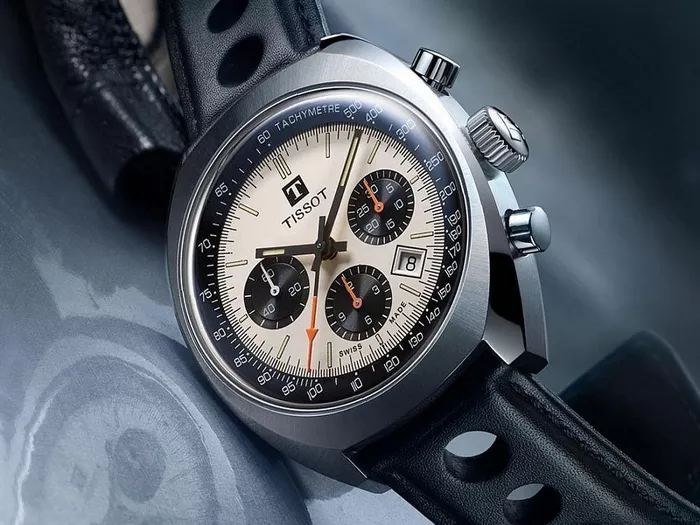Rolex watches have long been revered as symbols of luxury, precision, and status. With their impeccable craftsmanship and timeless design, Rolex timepieces often hold their value well over time. However, there’s a curious phenomenon in the world of Rolex watches: new pieces sometimes carry a lower price tag than their used counterparts. This seeming paradox raises questions about the dynamics of the luxury watch market and the factors influencing the pricing of new versus pre-owned Rolex watches. In this comprehensive guide, we’ll delve into the reasons behind this intriguing trend.
Understanding the Rolex Market Dynamics
Before we explore the specific reasons why new Rolex watches can be cheaper than used ones, it’s essential to grasp the broader context of the luxury watch market. Several factors contribute to the pricing of Rolex timepieces, both new and pre-owned. These include:
Brand Prestige and Perceived Value: Rolex has built a reputation as one of the most prestigious and sought-after watch brands in the world. The brand’s rich heritage, commitment to quality, and association with luxury contribute to its perceived value among consumers.
Exclusivity and Rarity: Rolex maintains tight control over its production and distribution channels, limiting the supply of its watches to maintain an aura of exclusivity. Limited availability and high demand often drive up prices in both the primary and secondary markets.
Quality and Craftsmanship: Rolex watches are renowned for their exceptional quality, precision, and durability. The meticulous craftsmanship and use of high-quality materials justify their premium pricing.
Collectibility and Investment Potential: Many Rolex watches, particularly vintage and limited-edition models, have proven to be lucrative investments over time. Collectors often drive up prices for rare or historically significant pieces.
Factors Contributing to Lower Prices for New Rolex Watches
Now, let’s delve into the specific factors that can lead to new Rolex watches being cheaper than their pre-owned counterparts:
Retail Markup and Discounts: One significant factor influencing the pricing disparity between new and used Rolex watches is the retail markup imposed by authorized dealers. When purchasing a brand-new Rolex from an authorized retailer, customers typically pay a premium that includes the dealer’s markup and additional expenses such as taxes and import duties. In contrast, pre-owned Rolex watches are often sold through secondary markets where sellers may not incur these overhead costs. Additionally, authorized dealers occasionally offer discounts or promotions to incentivize new purchases, further narrowing the price gap between new and used models.
Depreciation and Market Fluctuations: Like many luxury goods, Rolex watches can experience depreciation over time, particularly during periods of economic uncertainty or shifts in consumer preferences. While certain Rolex models may appreciate in value due to their rarity or collectibility, others may depreciate, especially if newer iterations are introduced or market demand wanes. As a result, pre-owned Rolex watches may be priced lower to reflect their diminished market value relative to new models.
Condition and Warranty Considerations: While Rolex watches are renowned for their durability, pre-owned pieces may exhibit signs of wear or require servicing to maintain optimal performance. Buyers often factor in the cost of refurbishment or repairs when assessing the value of pre-owned Rolex watches, leading to lower price points compared to new, unworn models. Additionally, new Rolex watches typically come with manufacturer warranties that provide added reassurance to buyers, whereas pre-owned watches may lack such coverage, further influencing pricing differentials.
Market Trends and Consumer Preferences: The luxury watch market is subject to fluctuations influenced by factors such as shifting consumer preferences, macroeconomic conditions, and emerging trends. Changes in market dynamics, including fluctuations in demand for specific Rolex models or variations in consumer purchasing behavior, can impact the relative pricing of new versus pre-owned watches. Sellers may adjust their pricing strategies in response to market trends to remain competitive and attract buyers.
Availability of Models and Variants: The availability of specific Rolex models and variants can also influence pricing differentials between new and pre-owned watches. While newly released models may command premium prices due to high demand and limited availability, pre-owned versions of older or discontinued models may be more readily accessible in the secondary market at comparatively lower prices. Additionally, variations in materials, dial configurations, and features among different Rolex models can affect their respective pricing tiers, contributing to disparities between new and pre-owned offerings.
See Also: How Much Is The Rolex Clock At Wimbledon Worth
Conclusion
In conclusion, the phenomenon of new Rolex watches being cheaper than used ones can be attributed to a combination of factors encompassing retail markup, depreciation, condition considerations, market trends, and availability dynamics. While Rolex watches retain their inherent value and prestige over time, various market forces and consumer preferences influence the pricing dynamics within the luxury watch segment. Whether purchasing a new or pre-owned Rolex watch, buyers should carefully consider these factors to make informed decisions and ensure optimal value for their investment. Ultimately, the allure of owning a Rolex transcends mere monetary considerations, embodying a legacy of excellence and timeless sophistication that resonates with enthusiasts and collectors worldwide.

